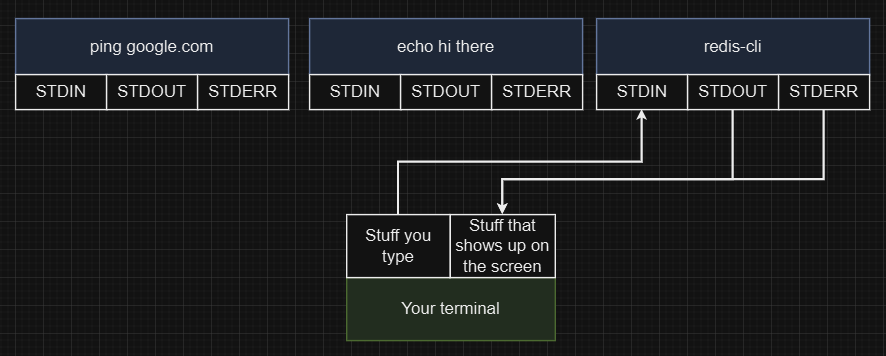The command is strongly associated with the Docker Container Lifecycle.
Under the hood, all containers are running in a Linux-based environment that Docker provides. Therefore, every container has three channels handling input, output, and error; namely, STDIN, STDOUT, and STDERR.
When we want to interact with a container with its shell, in order to input something and get a user-friendly interface with features like auto-suggestions, we need to connect our terminal with the container’s STDIN using the -i flag, and with the container’s STDOUT and STDERR using the -t flag. That’s why we need to add the combined -it (-i and -t) flags when running docker run or docker exec.

References